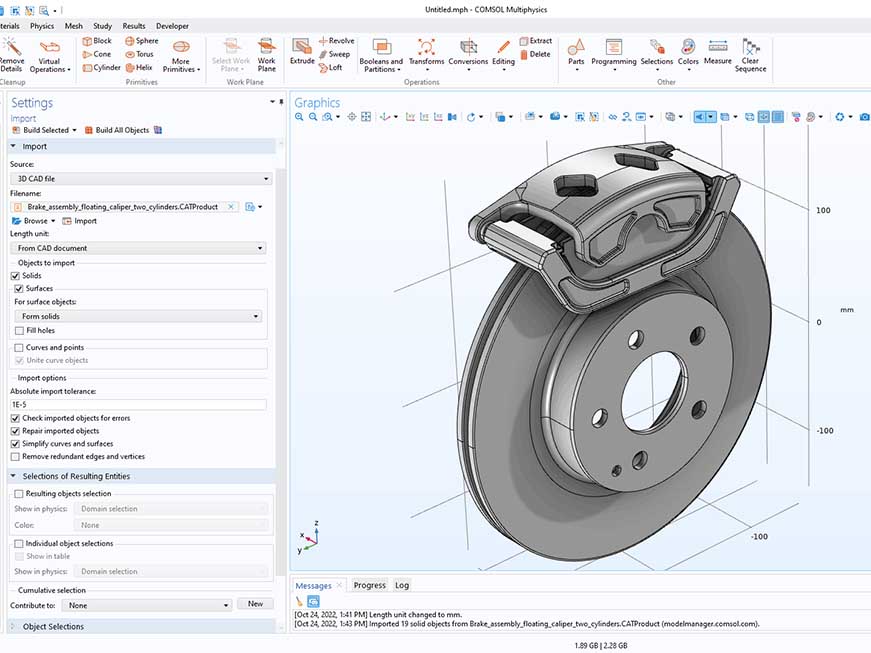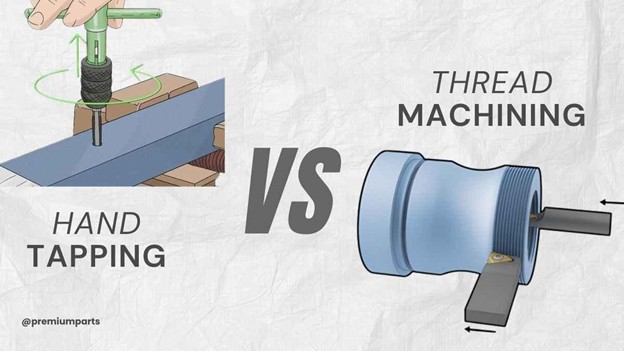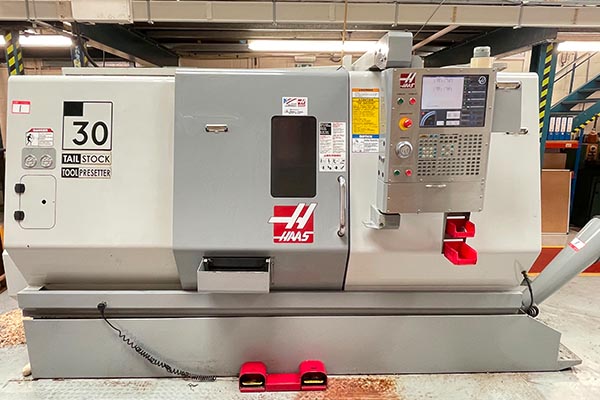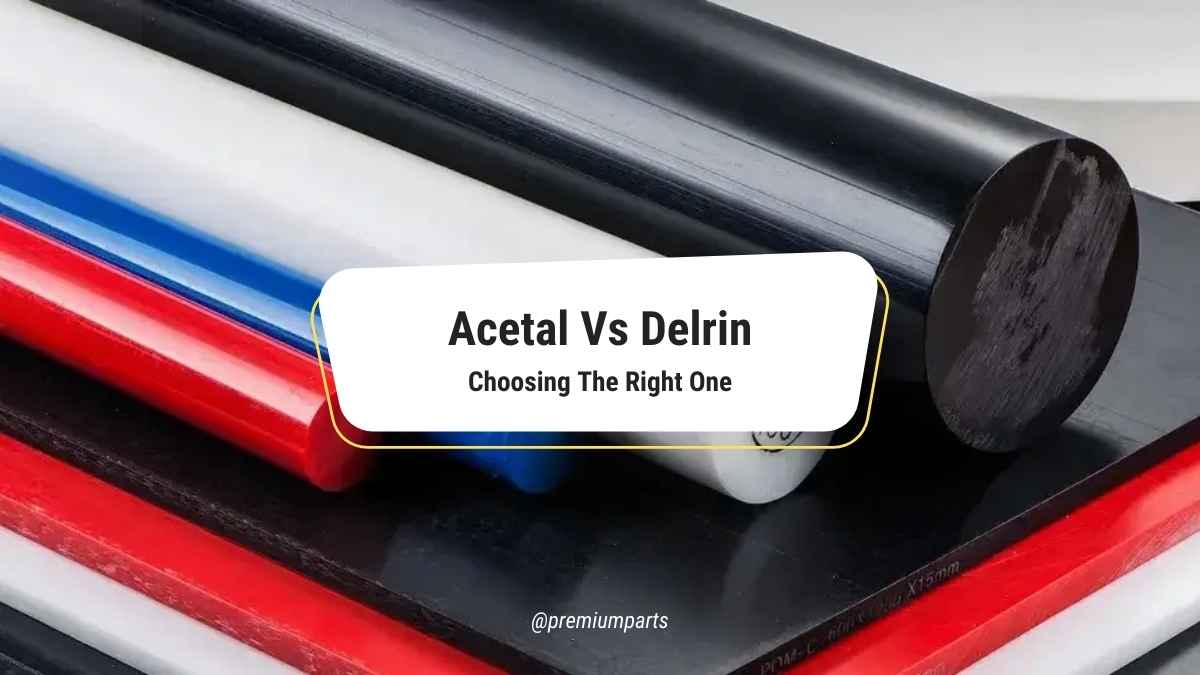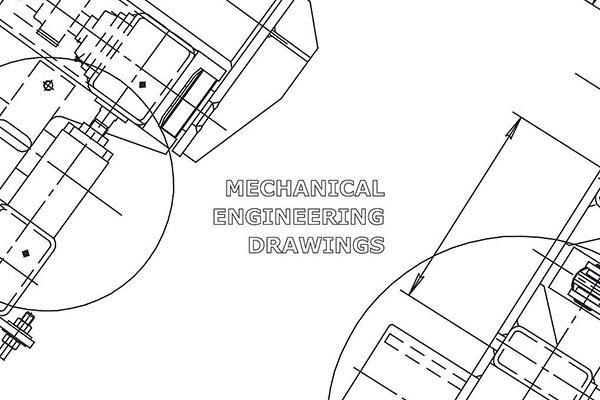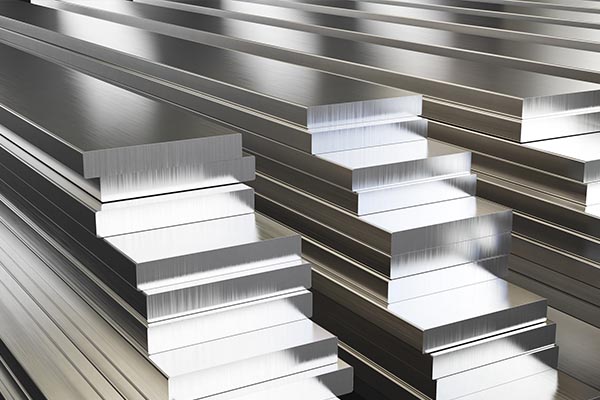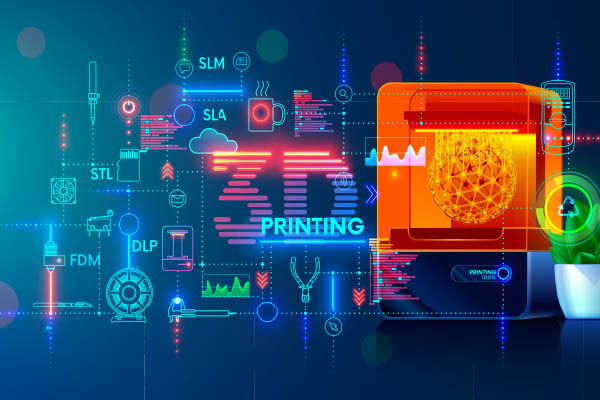Have you wondered why some materials become brittle after CNC machining? How do manufacturers improve the strength of such materials even after machining? The answer lies in annealing, a heat treatment procedure that reduces hardness, refines grain, and removes internal stresses.
Annealing solves key issues in metalworking through careful heating, soaking, and cooling of specimens. It improves ductility, avoids fractures, and confirms consistency in performance. Manufacturers preferred optimal softening types based on application requirements and material nature.
In this blog, we will look into the key stages of annealing, main types, and industrial use. Moreover, a comparative analysis will be provided in comparison with major heat treatment techniques. By the end, you’ll have a detailed knowledge of how annealing helps in making products perform as desired.
What is Annealing?
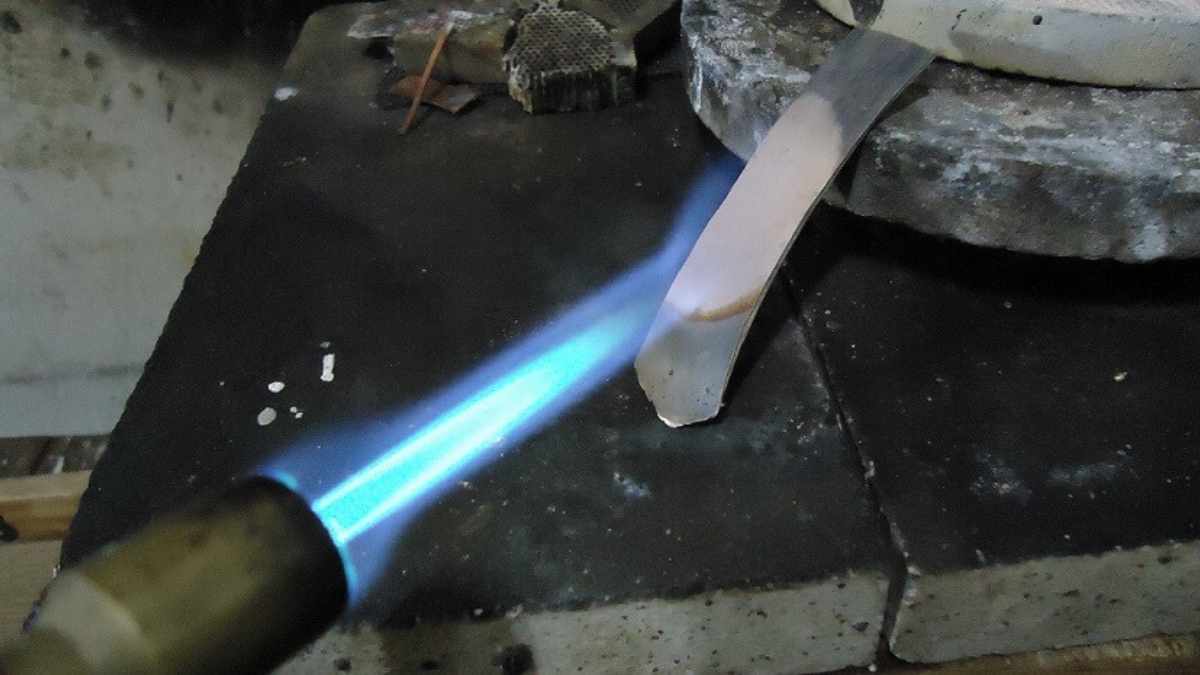
Annealing Treatment
Image Description: The image illustrates the annealing treatment process, showing a material being heated to a specific temperature.
Annealing is a heat treatment process that uses heat, followed by soaking and cooling, to develop a refined structure. The process helps engineers make metals more flexible and softer while minimizing internal tension. Materials become more durable and more workable because heat processing stops fractures from forming.
The recrystallization temperature serves as a threshold for manufacturers to heat their metals so atomic rearrangement becomes possible. Moreover, the material must stay at a precise temperature for an equal transformation distribution. The refined structure achieves better performance through controlled cooling after the refinement process.
Further, metallic materials become more durable and workable after tempering because they resist brittleness while sustaining strength and withstanding stress. When grain structure receives optimization through annealing, it maximizes the material’s machineability and its component durability.
Key Stages of Annealing
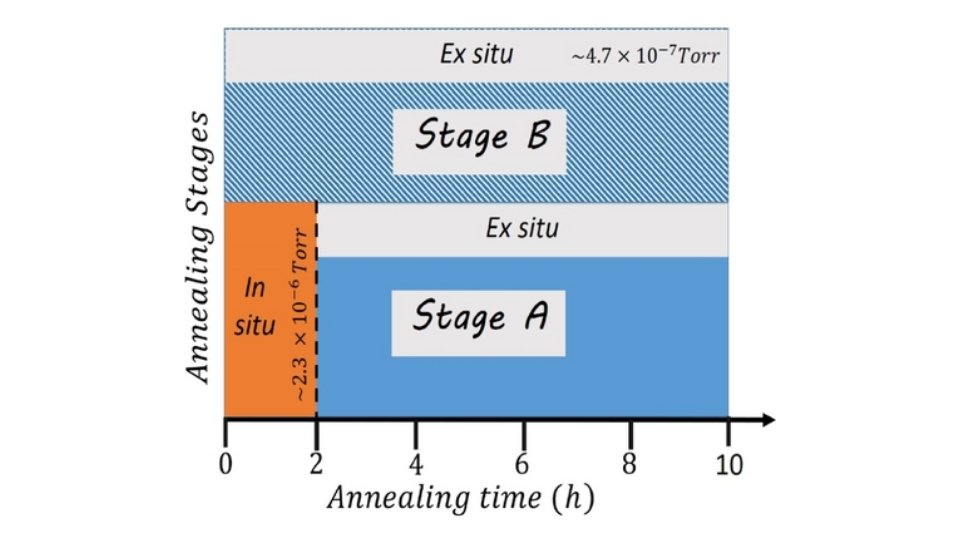
Stages of Annealing
Image Description: The image provides a graphical representation of the annealing stages. It shows the relationship between annealing time and temperature.
To better understand annealing, we can divide it into three essential stages. Each step involves a change in geometry and material properties.
Stage 01: Heating (Recovery Stage)
First, the metal is heated to a temperature between 400C and 900C, depending on its composition. This temperature is usually above the material’s recrystallization temperature but below its melting temperature. The objective is to enable atomic rearrangement without inducing phase change.
Stage 02: Holing (Recrystallization Stage)
Then, the metal is held at an elevated temperature mentioned above for a controlled period. It ensures uniform distribution of heat, which in turn allows structural changes. The soaking time depends on the material thickness and the desired properties.
Stage 03: Cooling (Grain Growth Stage)
Finally, the material is cooled at a controlled rate to obtain the desired mechanical properties. The cooling can be slow (in a furnace), moderate (in still air), or rapid (in water or oil). So, the cooling method influences the final hardness and grain structure.
What Are The Common Types of Annealing?
The process has various purposes for achieving the best manufacturing outcomes. In this section, we will examine the most frequently used part-softening treatments in industrial applications.
Full Annealing
The Full Annealing process requires heating metals beyond their critical temperature, followed by maintaining them at a certain duration before being gradually furnace-cooled. Controlled furnace cooling helps refine the material grain structure while softening the metal and improving its machining properties. Manufacturing sectors like automobiles and heavy equipment utilize full annealing procedures to improve steel parts.
Process Annealing
Low-carbon steel materials regain their ductility through subcritical softening processes, also known as Process Annealing. The metal receives heating treatment at a temperature level below its critical point while waiting for internal stresses to fade away. Furthermore, when the material reaches the preferred softness level, it will cool in the calm surrounding air. This process allows sheet metal and wire manufacturers to maintain material deformability when subjected to numerous shape deformations without losing elasticity or strength.
Stress Relief Annealing
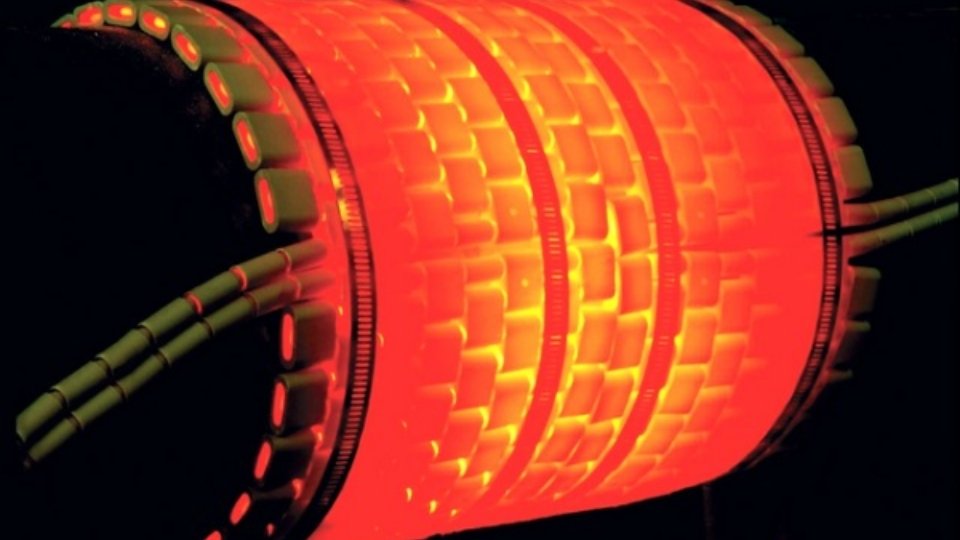
Stress Relieving
Image Description: The image shows a close-up view of the stress-relieving process.
Stress Relief type reduces metal internal stresses while maintaining its mechanical properties intact. In the process, the material receives heated treatment at a specific temperature range for an established time to let welding-related stresses, machining-related stresses, and cold working-related stresses escape. The purpose of controlled cooling is to maintain structural stability by preventing new distortions. The type mainly applies to aerospace, the construction sector, and pressure vessel manufacturing companies.
Spheroidizing Annealing
Spheroidizing Annealing softens high-carbon steels, leading to better machining capabilities. The material undergoes heating below its lower critical temperature for an adequate duration to achieve spheroidized carbides. The structured carbide arrangement minimizes the resistance to the cutting tool, leading to higher machining efficiency. The method serves tool manufacturers, bearing producers, and high-strength steel fabricators to improve tool shaping and extend operational life.
Isothermal Annealing
Isothermal Annealing requires heating metal substances past their transformation point. During the process, the metal undergoes cooling at an intermediate level, allowing the material to reach equilibrium. This industrial process produces uniform hardness and structural stability. It also delivers uniform microstructural features and hardness properties. Therefore, it works best for processing medium and high-carbon steels.
Recrystallization Annealing
Primarily, after cold working processes, metals receive recrystallization treatment to achieve refined grain structures. The material reaches a temperature slightly higher than its recrystallization point to enable the replacement of deformed grains through strain-free grains. The treatment restores material characteristics while suppressing work-hardening effects and preventing the expansion of grain size.
Bright Annealing
Bright annealing protects metal from oxidation and discoloration. It involves heating the material under controlled atmosphere conditions. When prevented from oxygen contact, the material maintains its initial surface finish, so no further polishing or cleaning steps are required. Rapid cooling preserves its brightness and corrosion resistance. The medical sector, together with semiconductor applications and precision components manufacturing, uses this method to preserve stainless steel and high-performance alloy surface quality.
Comparison of Annealing Types
The appropriate type is usually selected based on the type of material, required hardness, and desired application. Here’s an analysis of each annealing type.
| Types | Temperature Range | Cooling Method | Key Benefits | Common Applications |
| Full Annealing | Above recrystallization temp | Furnace cooling | Improves machinability | Automotive, machinery |
| Process Annealing | Below critical temp. | Air cooling | Restores ductility | Sheet metal, wires |
| Stress-Relief Annealing | Low heat treatment | Moderate cooling | Removes internal stresses | Welded structures, aerospace |
| Spheroidizing Annealing | Just below critical temp | Slow cooling | Softens high-carbon steel | Tool-making, bearings |
| Isothermal Annealing | Above transformation temp | Intermediate hold | Uniform hardness | Medium-carbon steel |
| Recrystallization Annealing | Above recrystallization temp | Air cooling | Refines grain structure | Rolling, wire drawing |
| Bright Annealing | Controlled atmosphere | Rapid cooling | Maintains surface finish | Stainless steel, precision parts |
Each type serves a distinct purpose in improving metal properties, workability, and long-term durability.
What Are The Advantages of Annealing?
Here are the common benefits of annealing treatment.
Improved Ductility for Better Formability
Annealing softens metals, making them easier to shape and reducing their strength. It prevents cracking in bending, stamping, or drawing operations and allows manufacturers to work with the materials efficiently without risking structural failure.
Stress Relief for Maximum Stability
Internal stresses that result from machining, welding, and cold working processes decrease material strength. Annealing processes reduce internal stresses, preventing material warping and cracking and structural failure during loading conditions. The process results in stable components that maintain their reliability in structures.
High Machinability for Cost Efficiency
Hard metals increase the manufacturing cost due to instant tool changeovers. Here, the process decreases hardness, making it easier and more precise for the machine. Therefore, it increases tool life and reduces energy consumption and production expense.
Optimized Electrical and Magnetic Properties
Electrical steels need specific magnetic properties to be used in motors and transformers. Annealing refines the microstructure to improve conductivity and decrease energy losses. As a result, the high-performance electrical components operate without heat build-up.
Increased Toughness and Impact Resistance
Materials that withstand heavy loads or sudden impacts need to be able to withstand extreme forces. Annealing improves grain structure, making the material tougher and more durable. It is critical in aerospace, automotive, and heavy machinery applications.
Best Practices for Effective Annealing
The correct annealing techniques will result in optimal material performance and longevity. Consistency and high-quality results come from the precision of process parameters. The following are major practices that can help you in improving material properties.
Precise Temperature Control for Uniform Properties
Different metals require specific annealing temperatures to achieve desired properties. Overheating leads to abnormal grain growth, but underheating blocks the complete softening effect. Manufacturers use controlled temperature regulation to obtain products with consistent hardness and ductility.
Controlled Soaking Time for Structural Refinement
When metal remains in the target temperature bath, a complete phase transformation occurs. The duration of soaking material negatively affects its structural integrity. Moreover, material and thickness decide the duration of the process to achieve structural stability.
Proper Cooling Techniques for Consistency
The cooling rate affects the final material properties. Furnace cooling gives maximum softness, and controlled air cooling balances strength and ductility. Moreover, any improper cooling impacts the results.
Preventing Oxidation by Use of Protective Atmosphere
The presence of oxygen results in material deterioration along with surface damage formation. Using inert gas protects the material from oxidation to maintain surface quality. Precision engineering benefits from this method because it delivers corrosion-free finishes that remain clean.
Correct Material Handling for Optimal Results
Annealing outcomes are affected by uneven heating, contamination, or rapid temperature fluctuations. The consistency of heat treatment processes depends on proper handling at both the beginning and ending stages. Strict adherence to protocols leads to uniform results with mechanical stability.
Comparing Annealing with Other Heat Treatments
Annealing is one of many heat treatments used in manufacturing. Below is a comparison with other common processes to get you an idea of various heat treatments for improving material performance.
| Heat Treatment | Process Description | Effects on Material | Best Used For |
| Annealing | Slow heating and controlled cooling | Relieves stress increases ductility and
improves machinability. |
Softening metals, reducing hardness |
| Normalizing | Air cooling after heating above recrystallization temperature | Refines grain structure increases strength | Structural components, forgings |
| Quenching | Water, oil, or air cooling on a rapid scale | Increases hardness, reduces ductility | High-strength parts like gears and shafts |
| Tempering | Heating quenched metal to a moderate
temperature |
Reduces brittleness, increases
toughness |
Spring steels, cutting tools |
| Case
Hardening |
Rapidly cooling the surface and heating it. | His outer hardens while the core remains soft. | Gears, bearings, wear-
resistant parts |
| Austempering | Controlled quenching to form bainite | Increase toughness and impact resistance |
High-performance industrial components |
Annealing in Industrial Applications
Each product/component requires specific heat treatments based on application need, and where the annealing process proves to be a vital player. Here are common industries that benefited from the treatment.
Automotive Industry
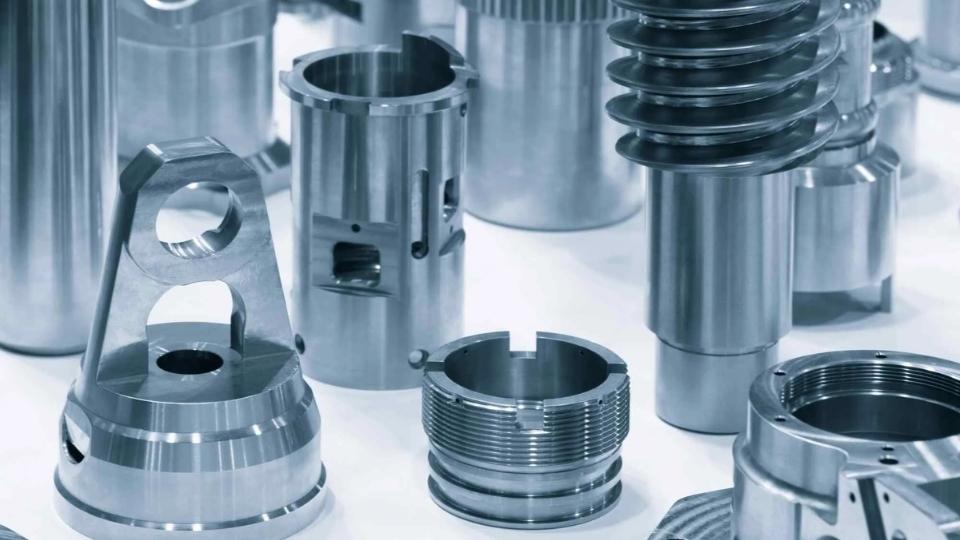
Steel Annealed Automotive Parts
Image Description: The image shows a collection of steel annealed automotive parts neatly arranged to showcase their smooth, uniform surface.
Automotive components need to be strong and flexible. Annealing improves steel and aluminum properties and prevents failures in engine parts, gears, and chassis structures. It guarantees lightweight efficiency while being durable.
Aerospace Sector
Annealing helps reduce the weight and increase the strength of aircraft. Stress relief annealing prevents cracking in jet engine components to maintain high-performance reliability.
Construction Industry
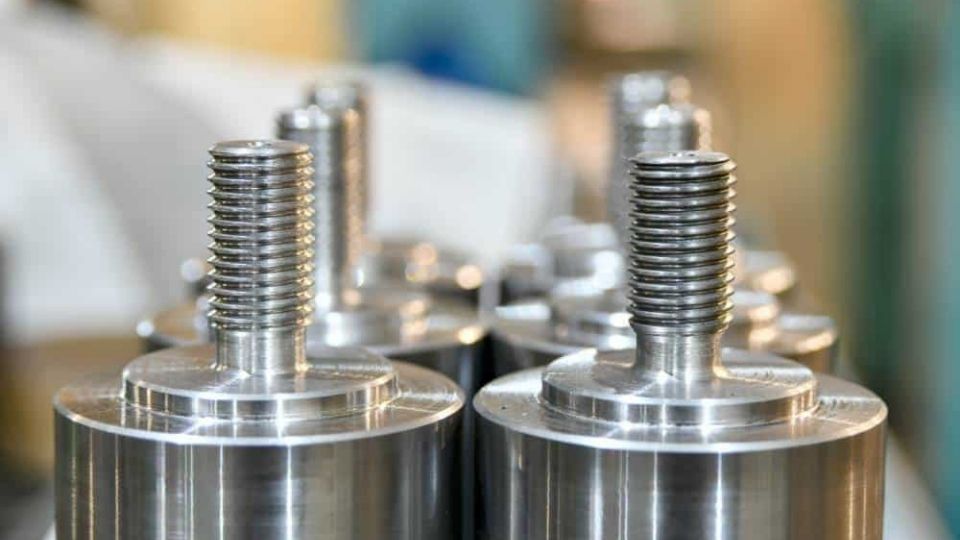
Structural Annealed Metal Parts
Image Description: The image shows a set of structural annealed metal parts with smooth and uniform surfaces.
Annealing treatment improves the toughness properties of steel beams, reinforcement bars, and framework structures. The treatment produces refined grain structures that protect materials from brittle fracture when facing high-load situations. Such structures need to be earthquake-resistant and long-lasting.
Electrical Applications
Electrical steels with precise properties are needed for transformers, motors, and generators. Annealing increases conductivity and reduces energy losses, improving efficiency. This ensures that power systems can operate effectively with little heat generation.
Summary
The metalworking industry depends heavily on annealing because it provides ductility while lowering internal tension for better material performance. Choosing suitable annealing techniques for different applications results in components that become stronger and more reliable and have extended service life. Manufacturers use exact heating, soaking, and cooling techniques to magnify products.
Industries must partner with a trusted and reliable manufacturer to get high-quality, precision-made metal parts. Premium Parts offers premium-quality machining and heat treatment services. Our team helps you reach the highest standards in machining and material performance. Explore our solutions today to take your manufacturing to the next level.
FAQs
Q1: Which industries commonly use annealing?
The aerospace industry, along with the automotive construction and electronics sector, depends on annealing to improve the performance and durability of its materials.
Q2: Annealing vs. Quenching: How do they differ?
The process requires gradual cooling to enhance ductility, but quenching produces rapid cooling that enhances metal strength and hardness.
Q3: Does the metal strength change when subjected to annealing?
During the processes, the material becomes more workable with improved toughness at the same time, it reduces brittleness through decreased hardness.
Q4: Can annealing be used on alloy?
Alloys are heated between 300-410°C. The heating time is 0.5 to 3 hours. This depends on the alloy type and workpiece size. Cooling must be slow, no more than 20°C per hour, until it reaches 290°C. After 290°C, cooling speed doesn’t matter.
Q5. What approach should I use when selecting annealing processes?
The selection process depends on material type and application, together with the required mechanical properties for stress relief and ductility and hardness.



